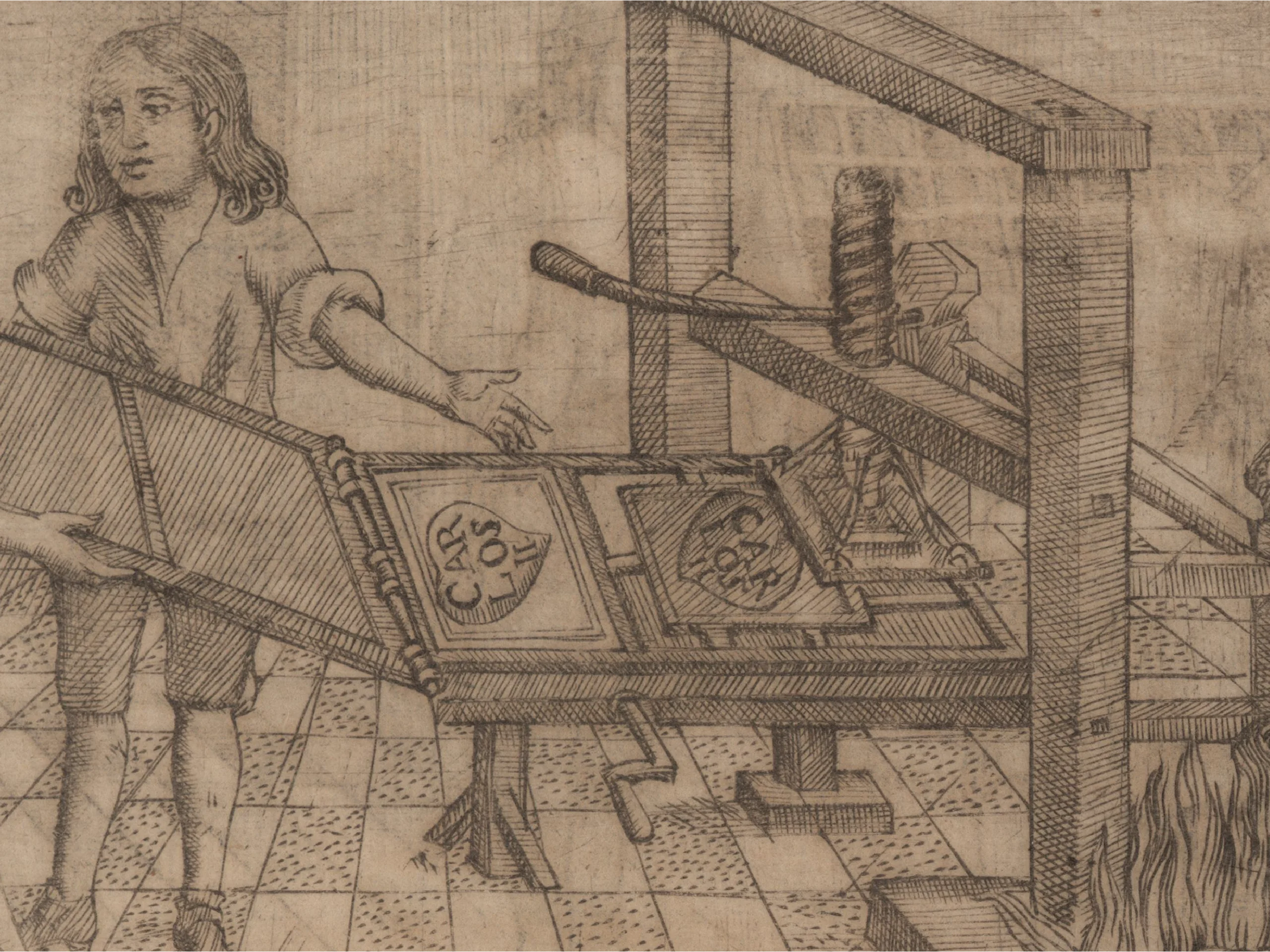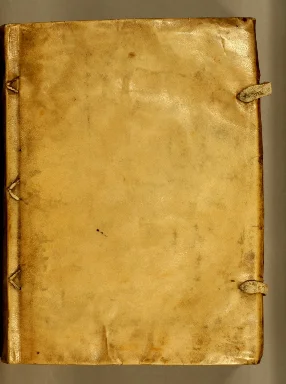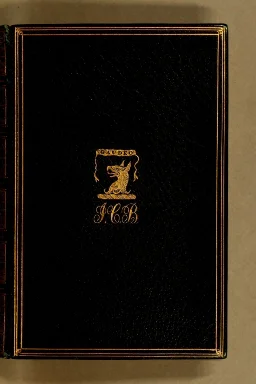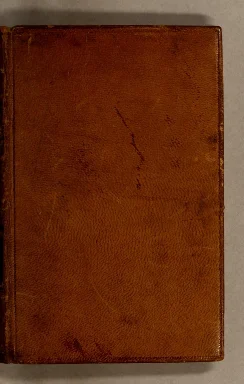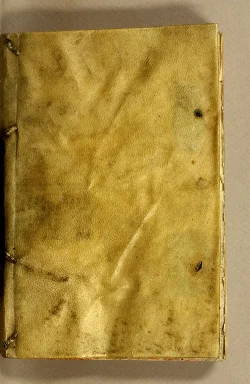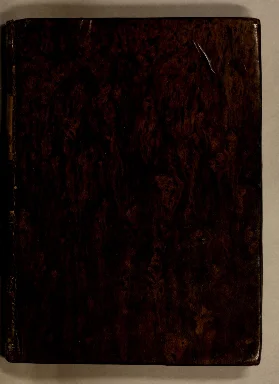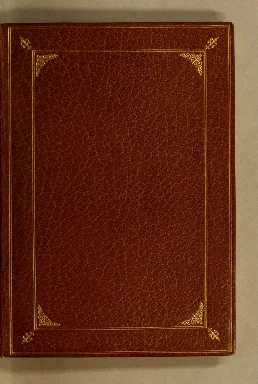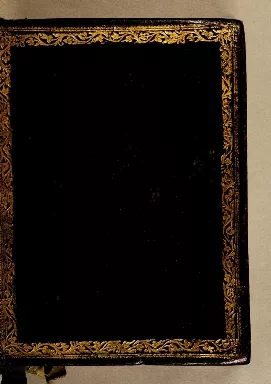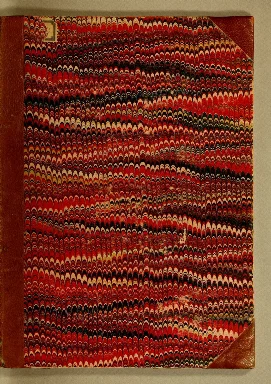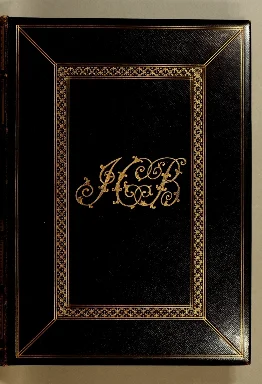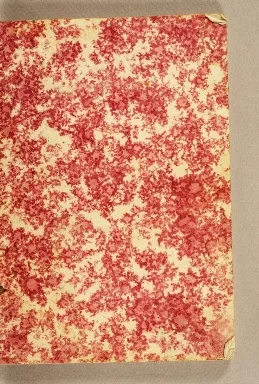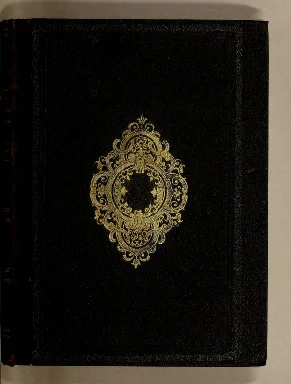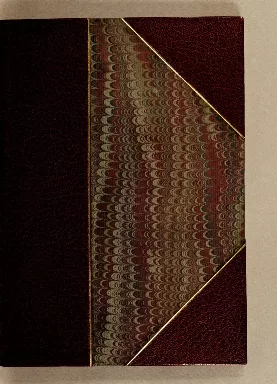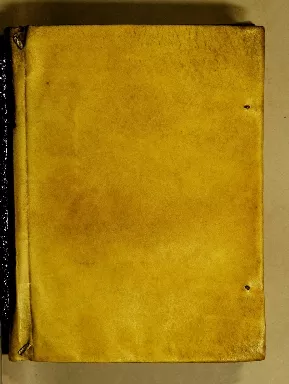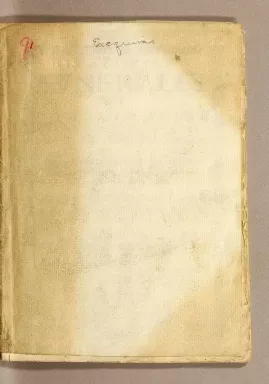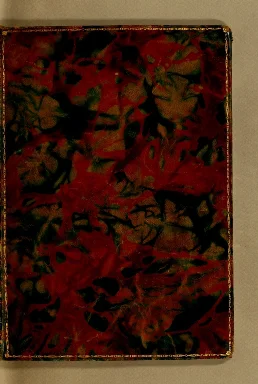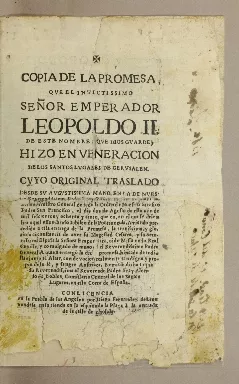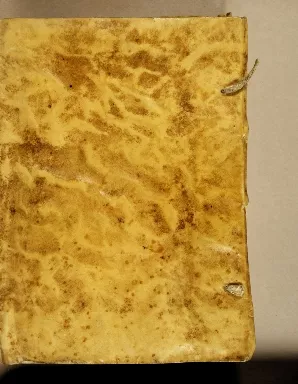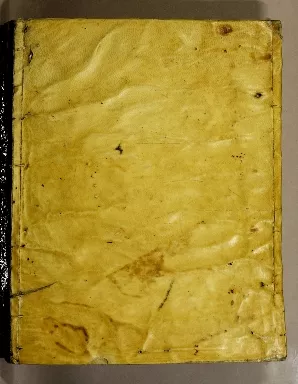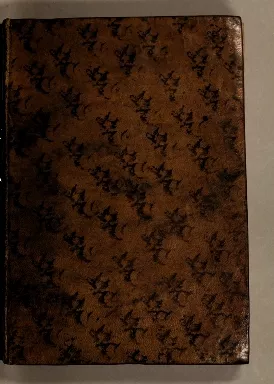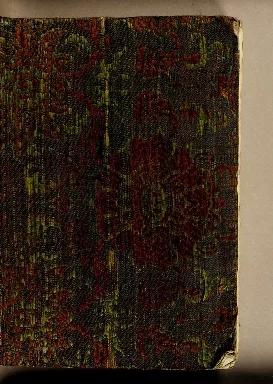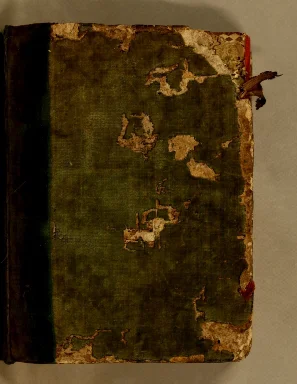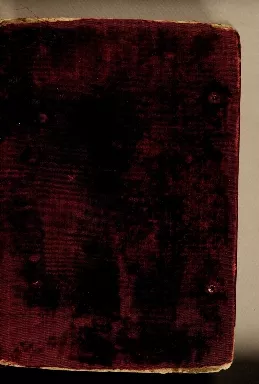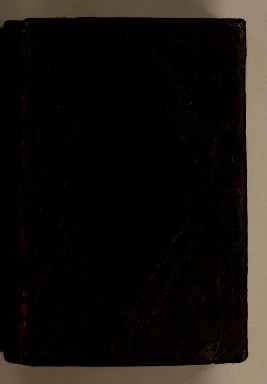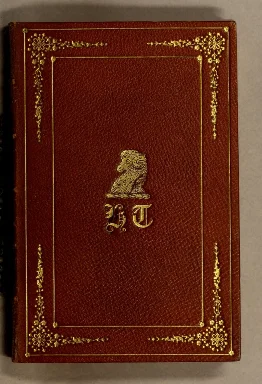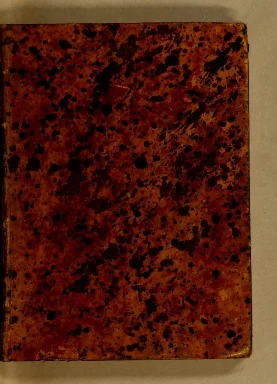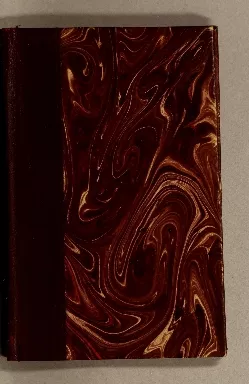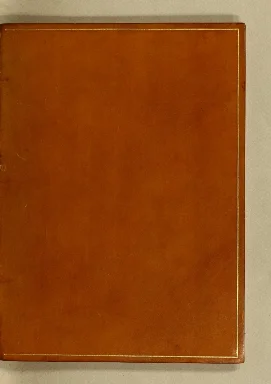During the migration of our legacy catalogs and past exhibitions into Americana, there are occasionally items that cannot be immediately included in our new environment. This may happen for two reasons: the item in question is not yet cataloged, or it was lent by another institution.
Any items that are not integrated into Americana are included in this section and added to our processing queue.
[Inventario de los bienes de Juan Ruiz], Mexico, 17 August 1675. In: Francisco Pérez Salazar, Dos familias de impresores Mexicanos del siglo XVII, Puebla, 1987.
Inventories of printing houses, in one form or another, are not uncommon. We have a good general idea of the materials that traveled from Spain to Mexico with Juan Pablos, and a detailed inventory of Antonio Ricardo's Lima printing house was elaborated when it passed to Francisco del Canto. Juan Ruiz's testament details his materials, and it includes astronomical instruments likely inherited from Enrico Martinez, believed to be his stepfather. Though numerous, they have yet to be the object of systematic research.
[Diagram of Puebla Printing House], Puebla,27 August 1788.
While shop inventories might provide some notion of the contents of a printing house, and there are some documentary descriptions that give an idea of layout, this plan of Pedro de la Rosa's printing house and bookstore in Puebla de los Angeles is apparently unique.
Images courtesy of the Archivo General de la Nacion, Mexico.
Matrices and sorts.
Producing type entails carving the letterform in reverse on a metal punch, which is then used to strike a bronze matrix. Since this will slightly deform the metal, it must be "justified" before it can be used to produce type. A matrix is then fitted into a mold into which an amalgam of metals, largely lead, can be poured to produce uniform and identical pieces of type, known as sorts.
Courtesy of the Providence Public Library.
Al Benjamin del Señor S. Juan Evangelista, (En Valencia: En la Imprenta de Monfort, año 1771).
John the Evangelist is one of the patron saints of printers, the other being Saint Agustin. According to Tertullian, emperor Domitian ordered John to be boiled in oil before the Porta Latina in Rome. It is easy to understand his becoming patron of printers, considering that the fabrication of ink includes boiling lamp black with oil and rosin. While as early as the sixteenth century there was a religious brotherhood of printers dedicated to San Juan Evangelista in Madrid, there is no evidence of such a brotherhood in Latin America.
Courtesy of the Providence Public Library
Miguel de Ibarra, Annuae relectiones ac canonicae iuris explicationes in duas partes divisae (Mexic[i]: apud Viduam Bernardi Calderon, in via Sancti Augustini, [1675]).
Although requiring a second run through the press, two-color printing was not terribly difficult. Thus it is odd that it all but ceased by the second decade of the seventeenth century. Ibarra's Annuae is the only example I am aware of that appeared prior to the return of two-color printing in earnest in the 1680s.
Culhuacán (MEXICATZINGO). Mexico, 17 January 1580.
This sixteenth-century map, taken from the Relación Geográfica of Culhuacán (Mexicatzingo), Mexico, shows a paper mill attached to the principle chapel of the cabecera, that of San Juan Evangelista. In addition, from the early seventeenth century, there was a hacienda known as the Rancho el Molino de Papel. Nevertheless, thus far there is no clear evidence that either produced much paper or if what they did manage to produce was ever used in books or manuscripts. Likewise, Spain's paper production could not meet demand. Thus both for Spain and Latin America, virtually all paper was imported, typically from Italy, but also from Lyon and the Low Countries.
Courtesy of the Benson Latin American Collection at the University of Texas at Austin.
Francisco de Paula Sarmiento Fuentes, “Ynstrucciones para el bufete. Y mercancia arregladas á los comercios de la Europa” ([Mexico, 1781]).
While paper was imported to Spain from many sources, Italy--and in particular, Genoa--was favored. This manuscript on commerce includes a guide to accounting practices, currency conversions, and the principle manufactures of various European cities. The entry for Genoa mentions the production of "papel florette y ordinario," and cites the royal ordinance that requires each balón be of 32 reams (later reduced to 24). What follows, however, is almost entirely in error. In reality, according to the Pragmática de tasas of 27 November 1680, each ream was to be composed of 20 manos, each mano of 5 cuadernillos (quires), and each quire of 5 sheets.
Gazeta de Mexico (En Mexico: Doña María de Rivera. En el Empedradillo, February, 1733).
This fascinating notice in the Gazeta de México of February 1733 announces the arrival of a new press and types to the office of María Candelaria de Rivera. In addition to listing the various sizes and kinds of type, including music, Greek, and Hebrew, it also includes a list of parts of the press and the workmen involved. Here we learn that the beater was responsible for making the ink, and of its composition.
Inquisition. Mexico, Nos los inquisitadores apostolicos contra la heretica... ([Mexico: s.n., 1804]).
From its arrival in the sixteenth century, the Holy Office of the Inquisition was profoundly concerned with the circulation of "heretical" texts. Not only were books dealing with matters of the faith subject to pre-publication censorship, but books were also subject to post-publication censorship as well. The greatest concern, was for books published outside of Spanish realms, in the eighteenth century, particularly France.
Pedro Santa María y Ulloa, Relox perfecto: de cuyos movimientos proceden las quince tiernas y devotisimas consideraciones pertenecientes a los mysterios del santisimo rosario, de la soberana reyna de los angeles Maria Santisima señora nuestra (Puebla de los Angeles: En su nueva Imprenta Matritense, en el Portal de las Flores, 1778).
Regla, y ordenaciones, de las religiosas de la limpia e inmaculada Concepcion DD [sic] la santisima virgen N. Señora (México: En la imprenta matritense de d. Felipe de Zúñiga y Ontiveros, calle de la Palma, 1779).
León de Arroyal, Versión castellana del oficio parvo de Nuestra Señora, según el breviario romano (En México: En la imprenta de D. Felipe de Zuñiga y Ontiveros, y por su original en la de los herederos del Lic. D. Joseph de Jauregui, 1784).
